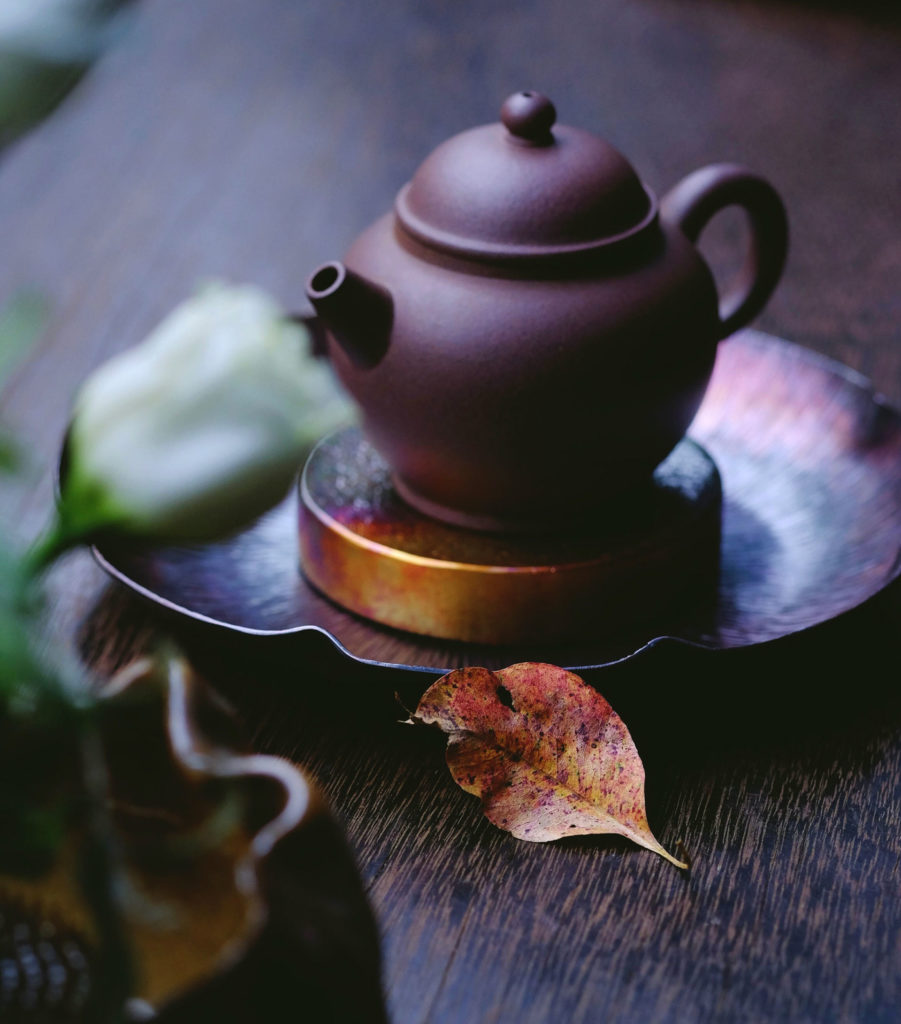Representatives of Nepalese Buddhist Art – Buddha Statue and Thangka
The Buddha statues, Thangkas and other art on view at the Center are stunning examples of Nepalese artisanship. Handcrafted by local Nepalese masters using ancient techniques, these delicately-carved, stately artifacts have extraordinary collection value; the techniques used to create them are among Nepal’s greatest cultural achievements.

Buddha Statue
The gold-gilding statue of Sakyamuni Buddha exemplifies the highest level of bronze Buddha statues in the world.
In creating such statues, the most important step is carving the face. The statue must accurately convey the inner qualities of the Buddha or Bodhisattva—something that can only be understood visually.
Because most Nepalese statues of the Buddha have faces of pure gold, they are expensive to make and cannot be modified repeatedly. Such carving and painting is very exacting work, demanding highly skilled artisans who often have to work for long stretches at a time. Nepalese Buddha and Bodhisattva statues perfectly integrate inner compassion and outer delicacy; among the Buddhist arts, these artisans enjoy a well-deserved reputation for excellence.
Thangka
Thangka is an important Buddhist painting art, which has been practiced in Nepal since the 5th century.
The process for creating a Nepalese Thangka is particularly complicated. Before painting, the artist should choose an auspicious day to bathe, burn incense, and pray; he or she then begins to prepare materials for the Thangka while chanting the Buddhist scriptures. The painting also follows a set process: making the canvas, composing the painting, drafting, coloring and dyeing, hooking and shaping, paving gold, opening the eyes, sewing, and consecrating. It can take between a month and a year to make a Thangka, depending on the complexity of the painting. The pigments of a Thangka include traditional raw materials of precious mineral gemstones such as gold, silver, pearl, agate, coral, pine stone, malachite, cinnabar, and natural plants such as saffron, rhubarb, and blue dragonfly. These natural pigments enable the painting to maintain its original color for hundreds of years—or even a thousand years.
Opportunities for Collectors of Buddhist treasures
The Center will hold tea parties, where statues of Buddha, Thangka, and the Seven Buddhist Treasures are at auction waiting for those with karmic connection to collect.
From time to time, the Center holds tea parties, during which statues of Buddha, Thangkas, and the Seven Buddhist Treasures are available at auction—waiting to be purchased by those who experience a karmic connection to them.

